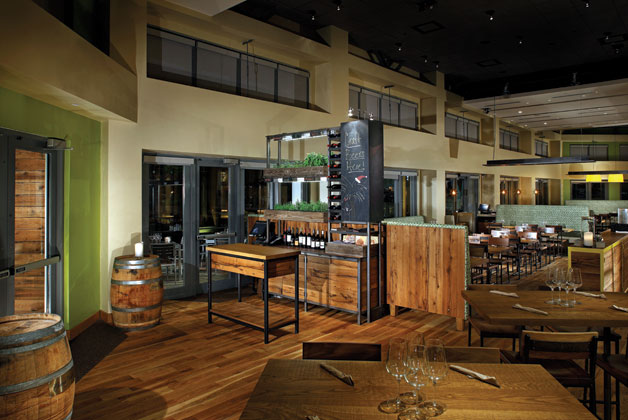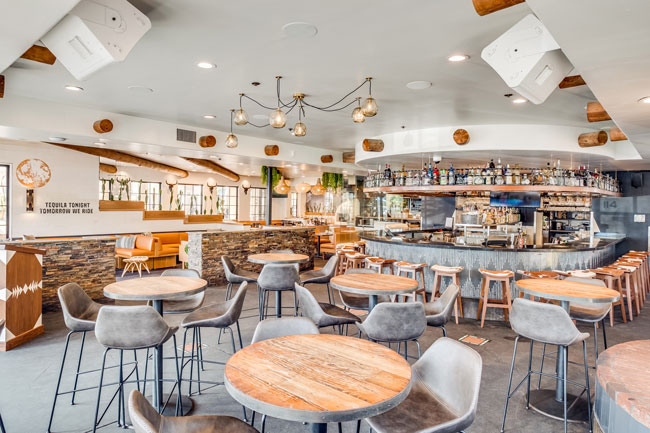While the U.S. Green Building Council (USGBC) postponed the release of LEED v4 last year due to a delayed ratification process, the standard will take full effect in June 2015.
The updated sustainability guidelines, issued by the USGBC, place greater emphasis on energy and water conservation compared to earlier versions. The guidelines also take into consideration the impact foodservice operations and kitchens have on the total amount of resources a building consumes, according to Richard Young, senior engineer and director of education at the PG&E Food Service Technology Center in San Ramon, Calif. This represents a major departure from the past, when kitchens could be excluded from total energy modeling.
Foodservice LEED projects usually fall into one of three main categories: LEED for Building Design + Construction (BD+C), Interior Design + Construction (ID+C) and Building Operations + Maintenance (O+M). Each category contains more specific guidelines for schools, healthcare, retail and hospitality projects.
LEED v4 sets the bar higher by requiring a 15 percent increase in energy efficiency for the total building, thanks to a new ASHRAE (formerly the American Society of Heating,
Refrigeration and Air-Conditioning Engineers) standard. This will include new maximum energy and water allowances for kitchen equipment as well. The latest version includes a host of new energy-efficient specification requirements for ice machines, dishwashers, combi ovens and steamers. LEED v4 also has new regulations prohibiting the use of chlorofluorocarbons (CFCs) in refrigeration and HVAC systems. And it includes more guidelines around ventilation efficiencies and green cleaning supplies.
In another major change, LEED v4 also requires manufacturers to be more transparent about the components that comprise their products, says Rob Hink, LEED AP, principal of The Spinnaker Group consultancy. The carpet and flooring industries have been more progressive about listing ingredients so buyers can make better decisions about the "greenness" of their products and conduct life-cycle analyses. However, plastics and other manufacturers still lag in this regard, Hink notes.
LEED v4's requirements go beyond enabling simple marketing statements, such as "BPA-free," "100 percent recycled" and "low-VOC," to meet labeling requirements — not unlike the FDA's rules for labeling in the food industry. Says Hink, "This has the potential to have a profound effect on the supply chain."



